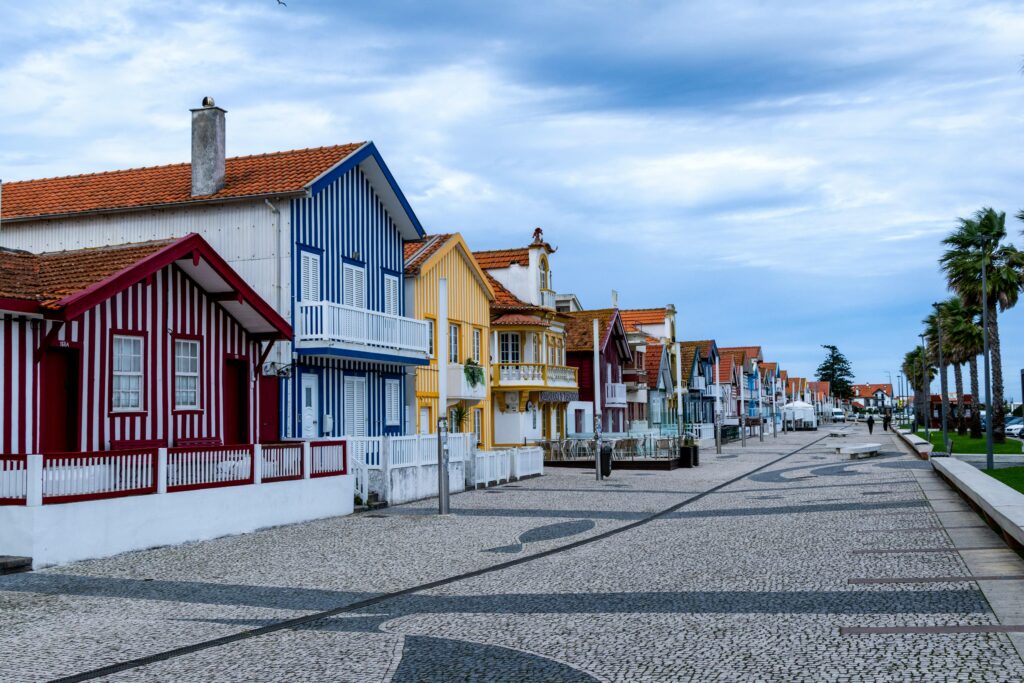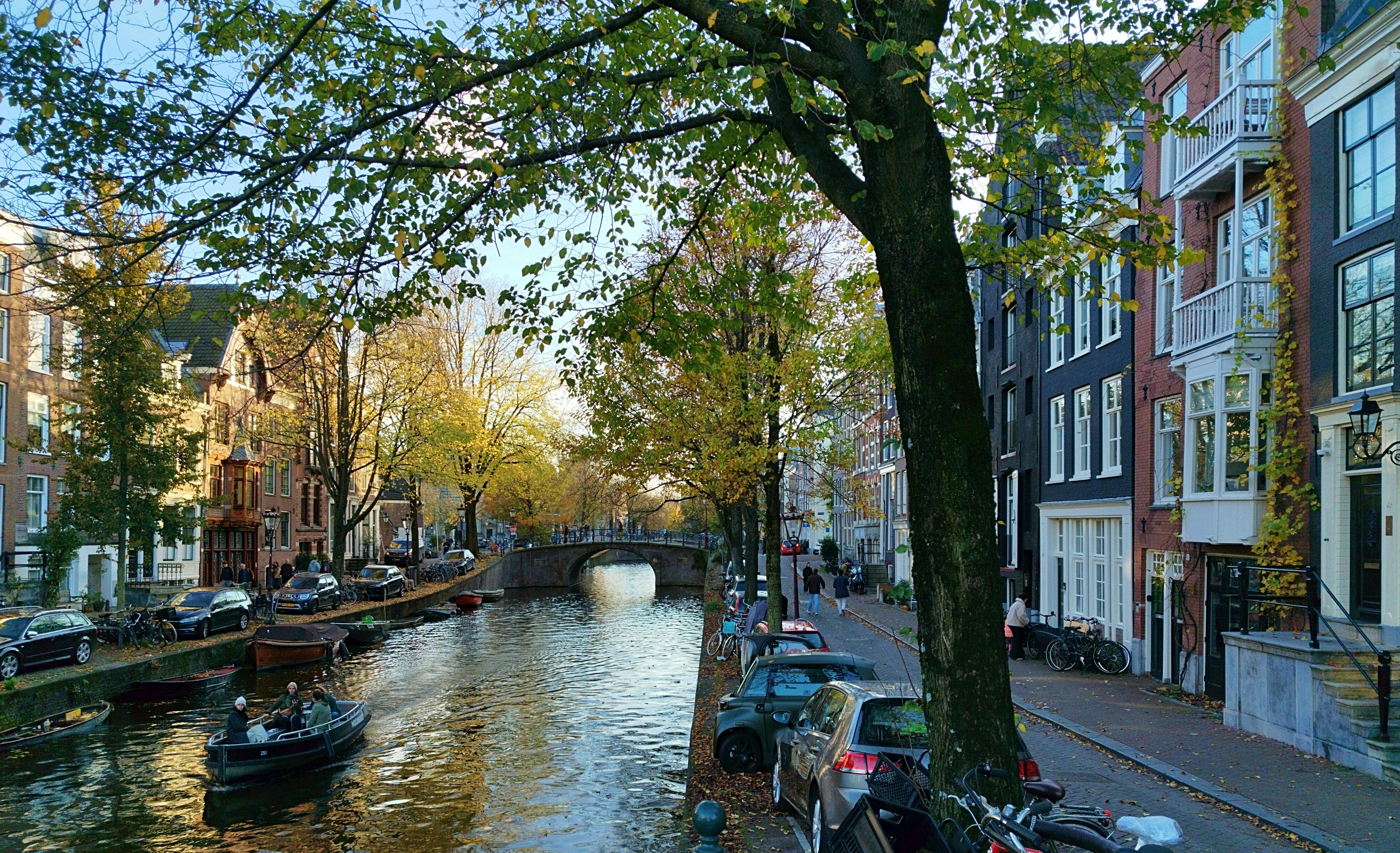How to Plan 3 Weeks in Europe: Step-by-Step Guide to the Perfect Itinerary
If you’ve ever wondered how to plan 3 weeks in Europe, you’re not alone. Building the perfect itinerary might feel overwhelming at first, but with a bit of structure and smart decision-making, it becomes an exciting project instead of a stressful task. Whether you want to hop between countries or dive deep into a few regions, careful planning ensures your three-week European adventure feels seamless and unforgettable.

This guide walks you through how to plan 3 weeks in Europe—from choosing destinations and booking transport to balancing your schedule for comfort and discovery. You’ll find practical advice, easy tools, and realistic pacing tips that make your dream trip simple to organize and even easier to enjoy.
Step-by-Step Guide to Crafting a 3-Week Europe Trip
Start by defining your travel priorities. Are you hoping to experience iconic cities, scenic countryside, or cultural immersion? Write down your must-see places, then group them geographically to avoid unnecessary backtracking. Once you’ve chosen your destinations, calculate travel times between each to make sure your itinerary is realistic.
A good rule for how to plan 3 weeks in Europe is to limit your trip to three to five main regions or countries. That gives you time to explore without feeling rushed.

Next, outline a loose schedule. Spend four to five days in major cities like Paris or Rome, and two to three days in smaller stops such as Bruges or Salzburg. Leave buffer days for travel delays or spontaneous exploring. Using a planner—like Google Sheets or one of the options in The Best Travel Apps to Make Your Trip Easier—helps you keep everything in one place. Once the structure is set, booking accommodations and activities becomes much simpler.
Choosing the Right Destinations and Route
Choosing destinations wisely is a big part of how to plan 3 weeks in Europe efficiently. Think about your interests—food, history, art, or nature—and mix larger cities with smaller regional spots. First-timers often enjoy routes like “London–Paris–Rome” or “Amsterdam–Berlin–Prague,” which balance variety with easy connections. If you want fewer crowds, southern paths like “Lisbon–Seville–Valencia” or “Budapest–Ljubljana–Zagreb” are just as rewarding.
Mapping your route in a logical order saves time and money. Avoid zigzagging across the continent. Start at one end and move east to west (or vice versa). Round-trip flights from major hubs like Amsterdam or Milan often make logistics easier, though open-jaw tickets—flying into one city and out of another—can save time. For comparing options, check sites mentioned in The Best Websites for Cheap Accommodations since many also include bundled flight deals.
Balancing Big Cities, Hidden Gems, and Rest Days
An overlooked part of how to plan 3 weeks in Europe is knowing when to slow down. Big capitals like Paris or London offer incredible culture but can also be exhausting. Pair them with smaller, calmer towns—Strasbourg after Paris or Lucca after Rome—to reset your energy and enjoy local life at a slower pace.

Rest days are essential. Travel fatigue sneaks up fast, especially with frequent transfers. Plan at least a few slower days in scenic spots: maybe a coastal break in Corfu (see Visiting Corfu, Greece in September) or a countryside stay in Tuscany. Use these days for light sightseeing, laundry, or just enjoying the view with a glass of wine.
How to Book Transport and Stays Without the Stress
Understanding how to plan 3 weeks in Europe also means mastering the booking process. Trains are often the best option—fast, comfortable, and scenic. If you’re taking multiple routes, consider a Eurail Pass. For longer distances, budget airlines like Ryanair or EasyJet can save time, but factor in airport transfers and luggage fees.
For accommodations, mix things up. Use Booking.com or Airbnb for flexibility, and add in a few family-run guesthouses or boutique hotels for variety. The tips in The Best Websites for Cheap Accommodations can help you find reliable stays at better prices. Try booking your main city stops ahead of time and leaving smaller towns open for spontaneous choices.
Smart Packing Tips for Multi-Country Travel
Packing light is one of the smartest moves when figuring out how to plan 3 weeks in Europe. Cobblestone streets, narrow staircases, and train platforms make heavy luggage frustrating. A carry-on-size suitcase or backpack is ideal. Bring lightweight layers that can mix and match, along with a rain jacket and comfortable walking shoes.
For a detailed breakdown, read What to Pack for a 3-Week Trip to Europe, which covers packing lists by season and region. Essentials like universal adapters, power banks, and reusable water bottles make travel smoother. A small daypack helps with daily essentials, and leaving space for souvenirs keeps things simple.
Final Thoughts
Once you understand how to plan 3 weeks in Europe, the process becomes straightforward. With careful preparation, logical routing, and smart pacing, you can create a trip that flows easily from city to countryside. Mix major destinations with smaller gems, stay flexible, and use the right tools to keep planning stress-free.
Three weeks in Europe offers endless possibilities. With the right structure in place, each stop feels like the perfect piece of a larger story—your story.
